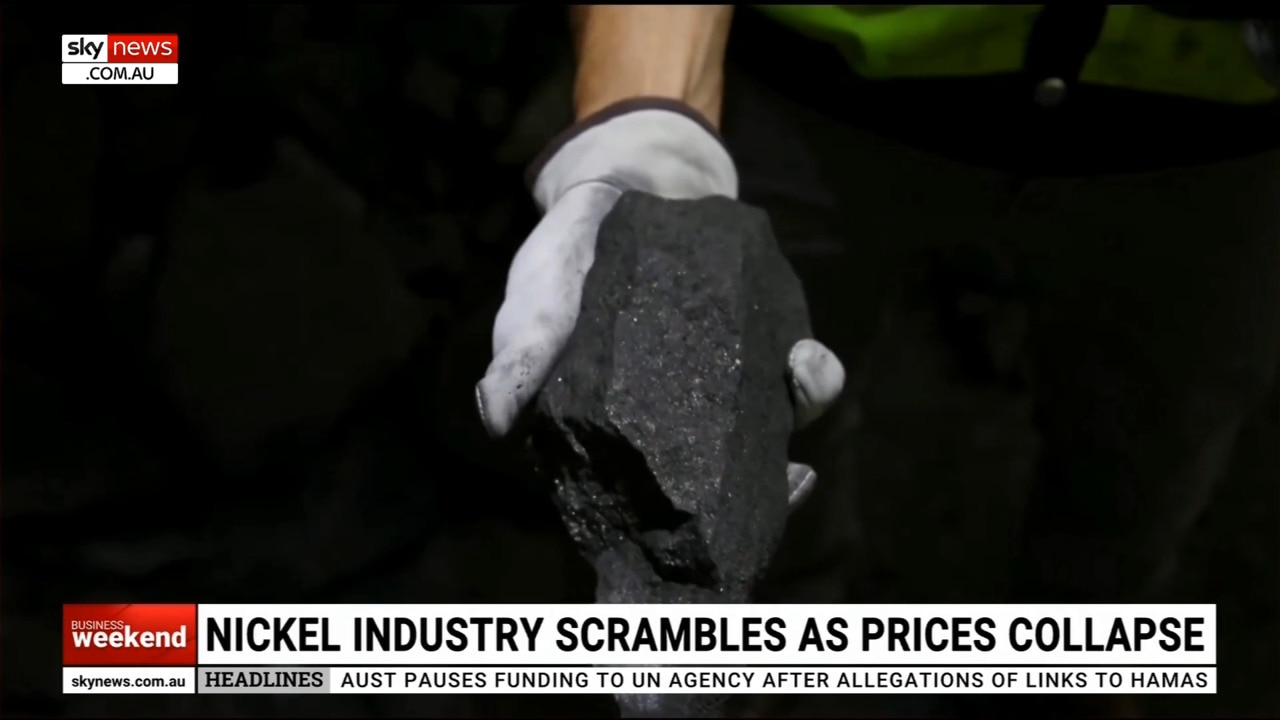Lithium prices put African producers at risk, as Australian production costs fall: Citi
Australia’s mining expertise could be enough to hold off an African challenge to dominance of the lithium market, according to Citi analysts.

Africa lithium producers are at risk of falling out of the market as Australian miners bring costs down, analysts say, as January’s critical minerals killing season comes to a close.
January has been a dire month for investors in emerging lithium companies, with Core Lithium and Liontown both announcing a return to the drawing board on the construction and extension of their new lithium projects.
Liontown, in particular, was hit hard as its banking syndicate withdrew a $760m loan offer on the back of lower price projections from Wood Mackenzie analysts, based in part on an assumption that new supply from Africa would keep lithium prices down over the next five years.
But with Pilbara Minerals and Mineral Resources both flagging an intention to keep growing their respective West Australian lithium output, and driving down unit costs at the same time, Citi analysts said last week that new African production could become the victim of crumbling prices.
“Marginal mining producers are announcing in-line or lower-than-expected mining cost in the December quarter. Furthermore, both Mineral Resources and Pilbara Minerals comment that the lithium mining cost has further downside room, as stripping completes or increasing scale-effect,” Citi said in a client note.
Citi noted African hard-rock lithium mines – including those in Zimbabwe, Rwanda and Nigeria – lifted exports to China by more than seven-fold in 2023 to more than 600,000 tonnes, supplying about 14 per cent of China’s total imports of lithium concentrate.
Citi said its analysis of Chinese customs data suggested the country had imported 4.3 million tonnes of lithium concentrate in 2023, up 54 per cent compared to 2022.
Industry tracker Benchmark Mineral Intelligence recently noted that raw lithium supplied from global mining and brine operations rose 24 per cent in 2023, with the overwhelming majority coming from brownfield expansions from existing operations, not new producers.
“Given Australian lithium mining has a cost edge over that from Africa, we think African spodumene output might be at risk in 2024 as some of the African mining has been in loss-making after the price slump of spodumene,” Citi analysts said.
This week IGO reports its December quarter production figures, the only remaining major Australian lithium producer yet to do so, and the company is expected to give a key insight into the response of some of the world’s biggest lithium producers to market conditions.
With both nickel and lithium operations, IGO is at the epicentre of the critical minerals price crisis, and Wednesday’s release of IGO’s December quarter production results will be closely watched for newly appointed managing director Ivan Vella’s response to nickel market conditions – and for any insight into the reaction of the operators of the Greenbushes lithium mine, the world’s biggest hard-rock lithium producer.
IGO owns 49 per cent of its lithium joint venture with China’s Tianqi Lithium, which in turn owns 51 per cent of Greenbushes. Albemarle owns the rest. IGO and Tianqi also own a lithium hydroxide refinery in Kwinana that has struggled to ramp up to commercial production levels.
With average cash costs of $262 a tonne, Greenbushes will be profitable at almost any price, particularly given that its high-quality concentrate generally attracts a premium over its peers.
But IGO’s last quarterly report, delivered at the end of October, also flagged the decision of Tianqi Lithium Energy Australia – the company’s joint venture with Tianqi – to stockpile some of its allocated lithium concentrate from Greenbushes, rather than selling into an overstocked market.
Canaccord Genuity analysts this month said they expected IGO’s December quarter report to show whether that trend had continued or accelerated.
“We forecast production of 408,000 tonnes from Greenbushes and 306,000 tonnes of sales; however, IGO flagged that if pricing fell in the December quarter sales could be withheld and this could be a major swing factor in its numbers,” Canaccord analyst Reg Spencer said in a client note.
IGO’s quarterly report will also be watched to see the miner decides whether its three WA nickel operations remain viable at current nickel pricing.






To join the conversation, please log in. Don't have an account? Register
Join the conversation, you are commenting as Logout